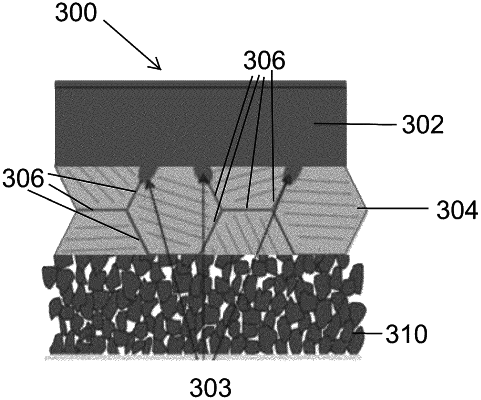| CPC H01M 10/0562 (2013.01) [H01M 4/382 (2013.01); H01M 4/525 (2013.01); H01M 4/5825 (2013.01); H01M 10/052 (2013.01); H01M 10/0525 (2013.01); H01M 10/058 (2013.01); H01M 2300/0071 (2013.01)] | 25 Claims |

|
1. A method for suppressing propagation of a metal in a solid state electrolyte during cycling of an electrochemical device including the solid state electrolyte and an electrode comprising the metal, the method comprising:
forming the solid state electrolyte such that the solid state electrolyte has a structure comprising a plurality of grains of a metal-ion conductive material and a grain boundary phase located at some or all of grain boundaries between the grains,
wherein the grain boundary phase suppresses propagation of the metal in the solid state electrolyte during cycling, and
wherein forming the solid state electrolyte comprises coating a powdered metal-ion conductive material using a technique selected from the group consisting of atomic layer deposition, physical vapor deposition, chemical vapor deposition, sol-gel chemistry, and solid-state reaction to create a metal oxide coated powdered metal-ion conductive material, and sintering the metal oxide coated powdered metal-ion conductive material to form the solid state electrolyte, and removing surface material from the solid state electrolyte, and thereafter applying the electrode to the solid state electrolyte to form an interface between the electrode and the solid state electrolyte.
|